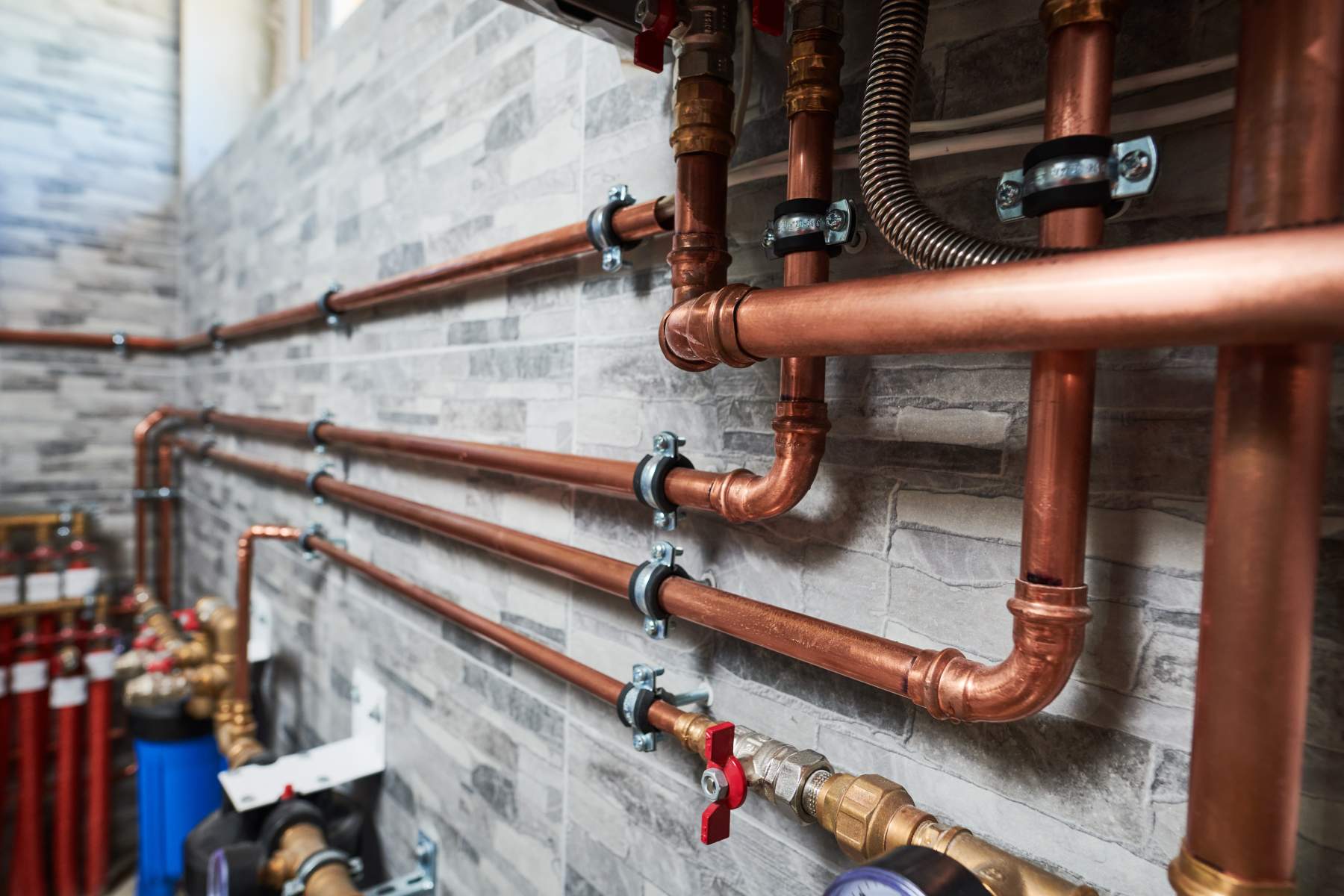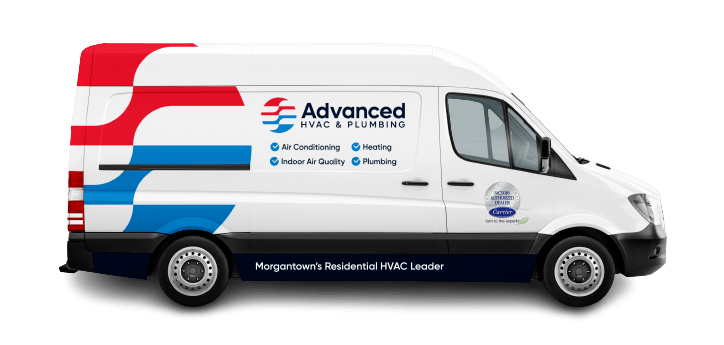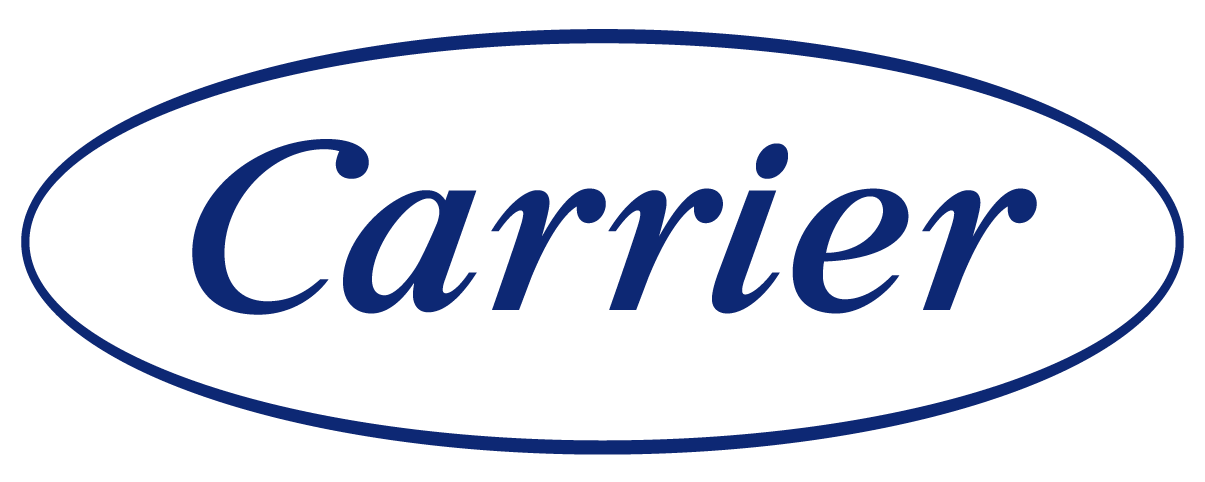
Understanding Backflow Prevention in Your HVAC System
Backflow prevention represents a critical yet often overlooked component of maintaining safe and efficient heating and cooling systems. When water or other fluids reverse their intended direction within HVAC equipment, contamination risks escalate dramatically, potentially introducing harmful substances into your clean water supply or damaging expensive heating and cooling components. At Advanced HVAC & Plumbing, we’ve specialized in identifying, testing, and resolving backflow issues across Morgantown, WV, Kingwood, WV, Fairmont, WV, Cheat Lake, WV, Westover, WV, and Star City, WV since our founding in July 2000, providing comprehensive backflow services that protect both your HVAC investment and your family’s health.
The complexity of modern HVAC systems, particularly those incorporating hydronic heating elements or integrated humidification systems, creates multiple potential points where backflow can occur. These systems rely on precise pressure differentials to function correctly, and when those pressure relationships become compromised through equipment failure, improper installation, or unexpected system demands, the resulting backflow can introduce boiler water additives, antifreeze compounds, or accumulated sediments into potable water lines. Our technicians regularly encounter situations where homeowners remain unaware of backflow risks until contamination has already occurred, highlighting the importance of proactive testing and prevention measures.
Critical Components of Professional Backflow Testing
Professional backflow testing involves sophisticated diagnostic procedures that evaluate every potential cross-connection point within your heating and cooling infrastructure. We utilize calibrated differential pressure gauges, specialized test cocks, and industry-standard testing protocols to assess the performance of backflow prevention assemblies, checking for proper spring tension, seal integrity, and valve closure rates. These comprehensive evaluations typically require 30 to 45 minutes per device, during which our technicians document pressure readings at multiple points, verify proper operation under various flow conditions, and identify any degradation that might compromise protection.
The testing frequency requirements vary depending on local regulations and system complexity, but most jurisdictions mandate annual testing for commercial properties and recommend similar intervals for residential systems with identified cross-connections. Our service records indicate that approximately 15% of backflow preventers fail initial testing due to worn seals, corroded components, or debris accumulation, emphasizing the value of regular professional inspection. When we identify failing components during testing, our same-day service availability, including nights and weekends with no extra charges, ensures minimal disruption to your heating and cooling operations while maintaining compliance with health and safety regulations.
Backflow Prevention Device Installation and Replacement
Installing appropriate backflow prevention devices requires careful consideration of system hydraulics, local code requirements, and specific contamination risks associated with your HVAC configuration. We encounter various installation scenarios, from simple atmospheric vacuum breakers on boiler fill lines to complex reduced pressure zone assemblies protecting against high-hazard cross-connections in commercial heating systems. Each installation begins with thorough system analysis, identifying all potential backflow points including hydronic heating loops, condensate drains, chemical feed systems, and auxiliary water connections that might compromise water quality.
The selection process for backflow preventers involves evaluating factors such as system pressure, flow requirements, installation space constraints, and the degree of hazard presented by potential contaminants. For residential furnace and heating installations, we typically recommend dual check valves or pressure vacuum breakers for low-hazard applications, while commercial properties with complex heating systems often require reduced pressure zone devices that provide maximum protection against both backsiphonage and backpressure conditions. Our installation procedures include:
- Comprehensive site assessment examining all water connections to heating and cooling equipment
- Hydraulic calculations ensuring proper device sizing without restricting system performance
- Professional installation following manufacturer specifications and local plumbing codes
- Initial testing and certification documenting proper operation before system activation
- Customer education explaining maintenance requirements and testing schedules
Common Backflow Risks in Heating and Cooling Systems
Heating systems present unique backflow challenges due to their use of treated water, chemical additives, and elevated operating temperatures that can accelerate corrosion and component degradation. Hydronic heating systems, increasingly popular for their energy efficiency and comfort benefits, circulate water or glycol solutions through radiators, radiant floor tubing, or fan coil units, creating numerous potential cross-connection points where contaminated fluids might enter drinking water supplies. We frequently service systems where improper installation or maintenance has created dangerous situations, such as direct connections between boiler loops and potable water without adequate backflow protection.
Commercial HVAC applications multiply these risks through their scale and complexity, incorporating cooling towers, large capacity boilers, chemical treatment systems, and extensive piping networks that increase backflow probability. The seasonal nature of heating and cooling demands creates additional challenges, as systems experience dramatic pressure fluctuations during startup and shutdown cycles that can overwhelm inadequate backflow prevention measures. Our experience servicing furnace repair and heating repair calls throughout the region has revealed that many backflow incidents occur during these transitional periods, particularly when automatic fill valves malfunction or when system leaks create unexpected pressure imbalances.
Maintenance Strategies for Long-Term Backflow Protection
Effective backflow prevention extends beyond initial installation, requiring ongoing maintenance and periodic component replacement to ensure continued protection. We recommend establishing comprehensive maintenance schedules that coordinate backflow preventer servicing with regular heating service and furnace service visits, maximizing efficiency while minimizing service interruptions. These integrated maintenance approaches allow our technicians to identify potential problems before they compromise system safety, such as corrosion patterns indicating water chemistry issues or wear patterns suggesting excessive cycling.
The maintenance procedures for backflow preventers vary by device type but generally include cleaning or replacing internal components, verifying proper spring tension, testing relief valve operation, and confirming accurate pressure readings across all measurement points. Environmental factors significantly impact maintenance requirements, as systems exposed to freezing temperatures, corrosive water conditions, or high particulate loads require more frequent service intervals. Our maintenance programs incorporate detailed record keeping that tracks device performance over time, enabling predictive maintenance strategies that anticipate component failures before they occur.
Regulatory Compliance and Documentation Requirements
Navigating the regulatory landscape surrounding backflow prevention requires understanding federal, state, and local requirements that govern installation standards, testing procedures, and documentation protocols. We maintain current knowledge of evolving regulations across our service area, ensuring that every backflow service meets or exceeds applicable codes while providing customers with proper documentation for regulatory compliance. This expertise proves particularly valuable for commercial clients who face potential liability issues if backflow incidents contaminate public water supplies or affect neighboring properties.
Documentation requirements typically include detailed test reports showing device identification, test results, maintenance performed, and technician certification information. We provide comprehensive documentation packages that satisfy regulatory requirements while creating valuable maintenance histories for property owners. These records prove essential during property transactions, insurance claims, or regulatory inspections, demonstrating responsible system management and compliance with public health requirements. Our digital record-keeping systems ensure that customers can access their backflow testing histories whenever needed, facilitating compliance verification and supporting long-term maintenance planning that protects both HVAC system investments and public health throughout our West Virginia service region.






